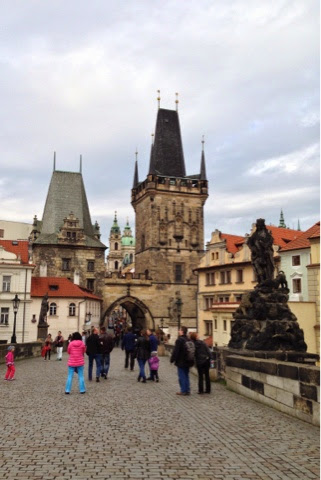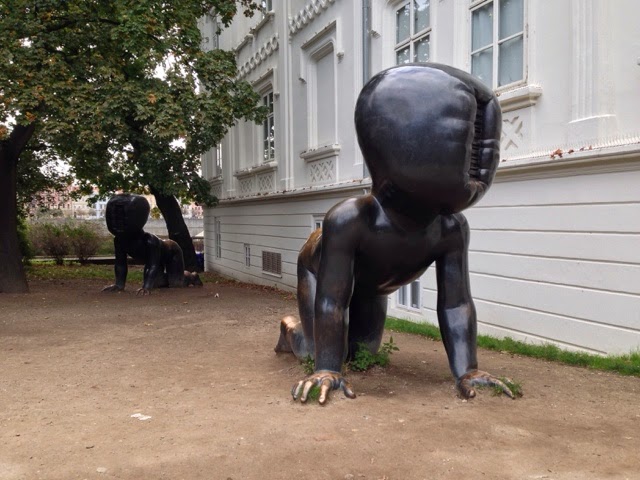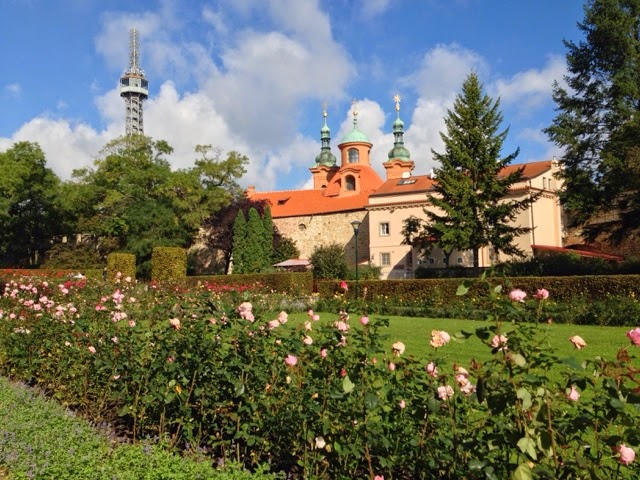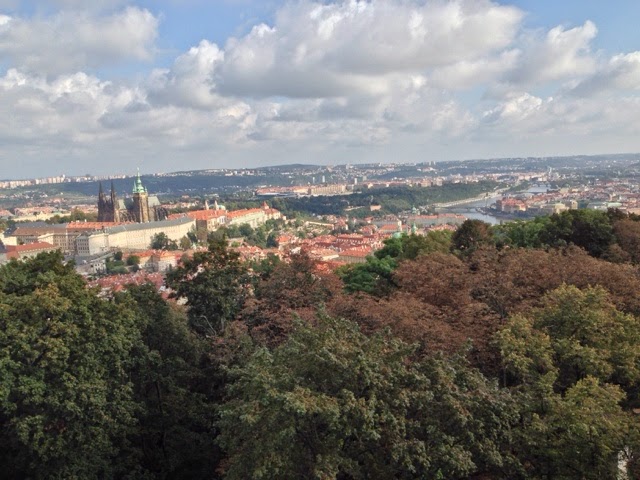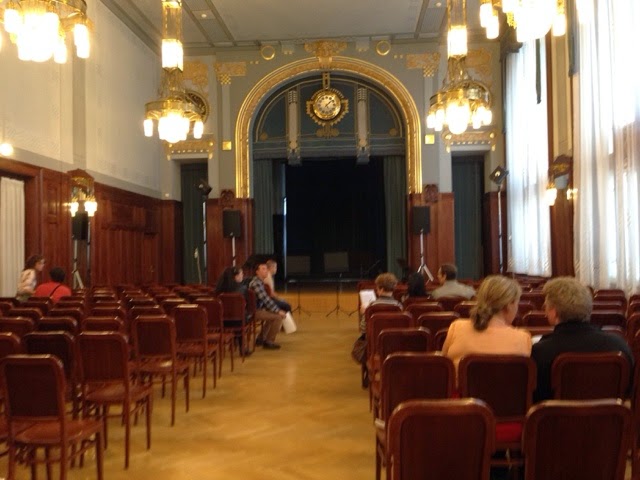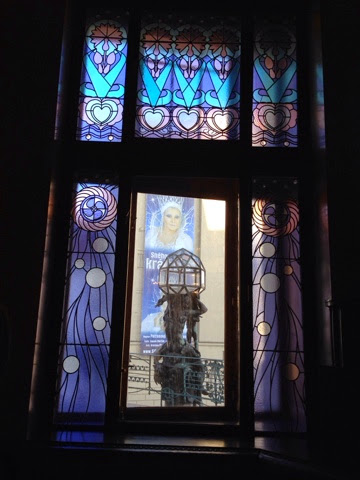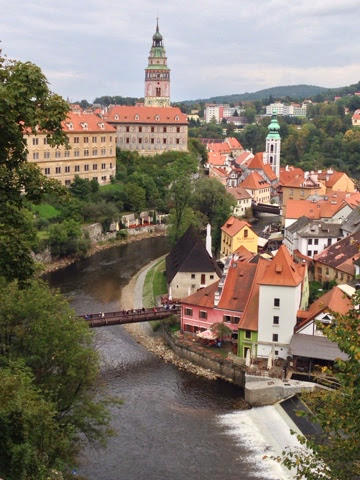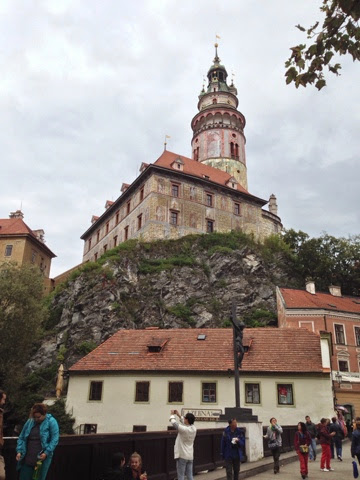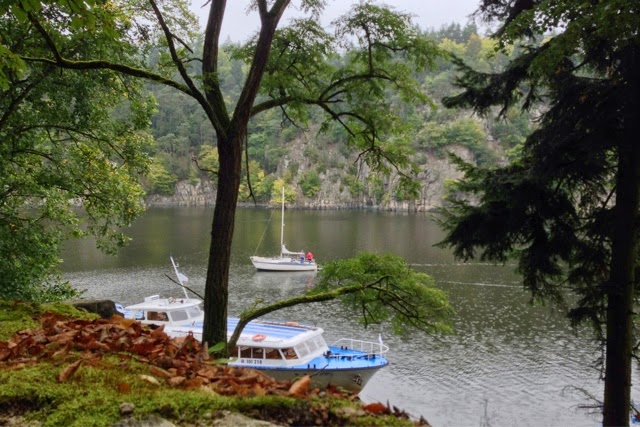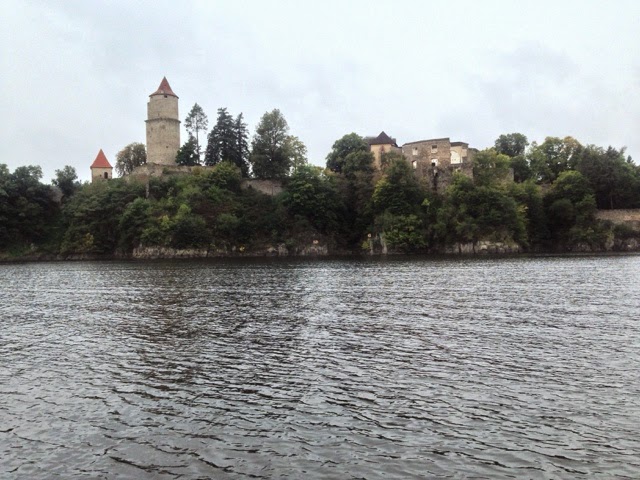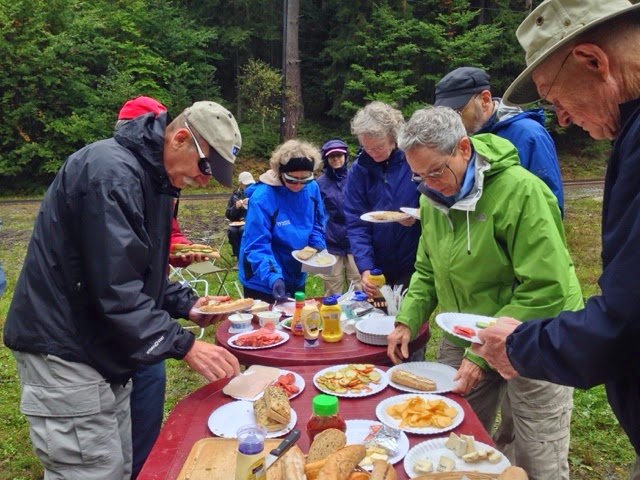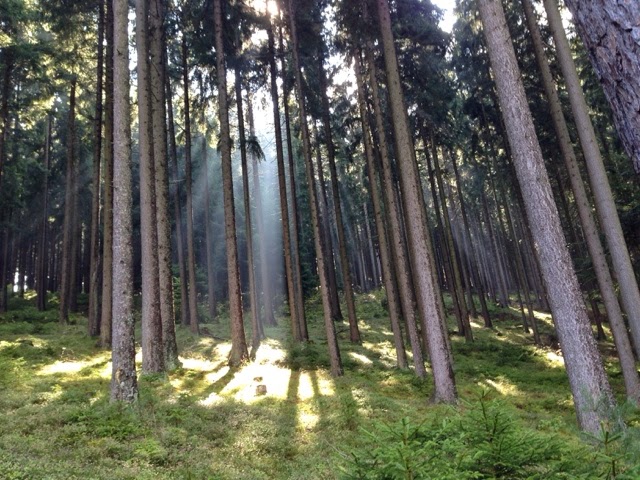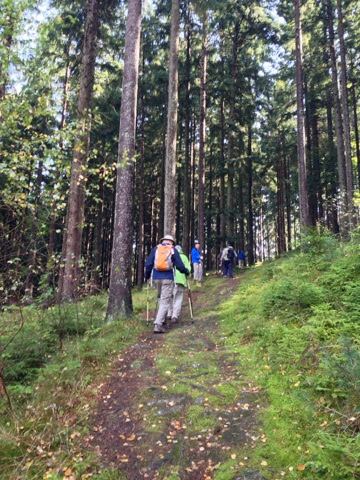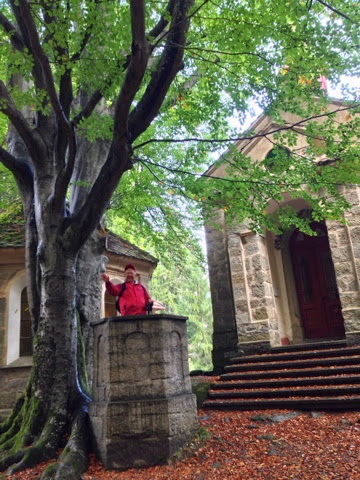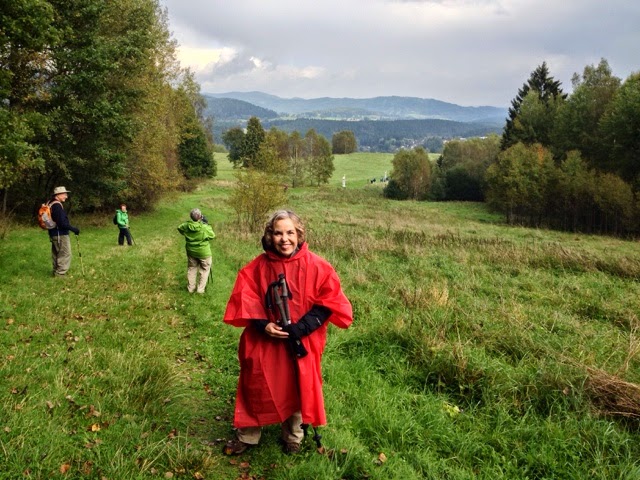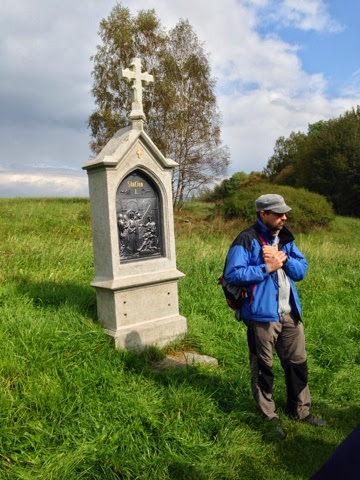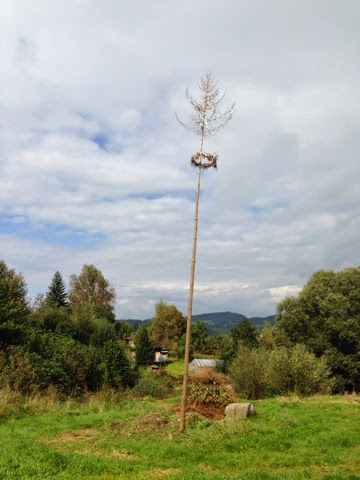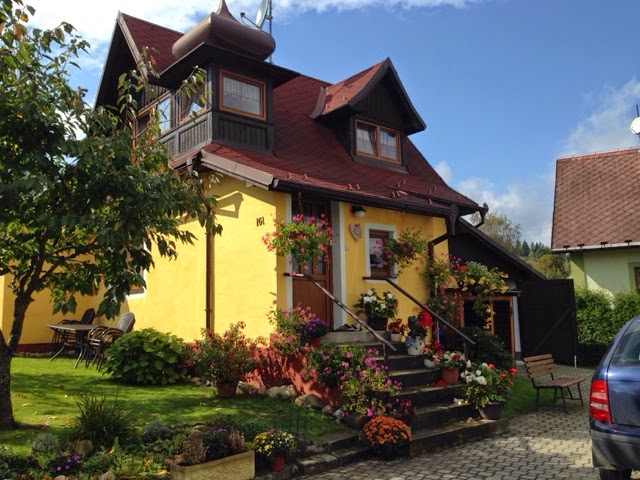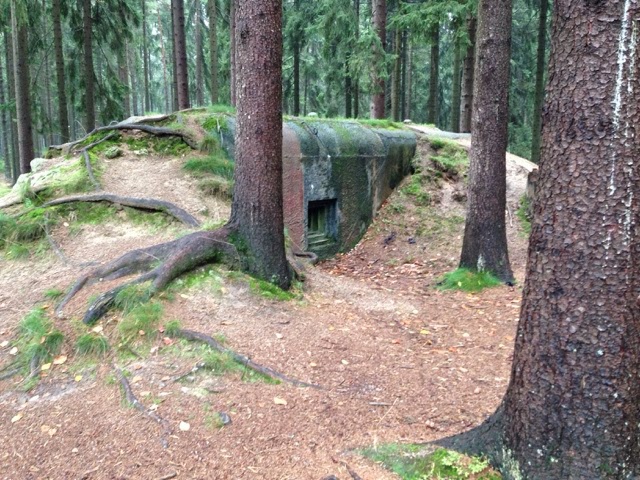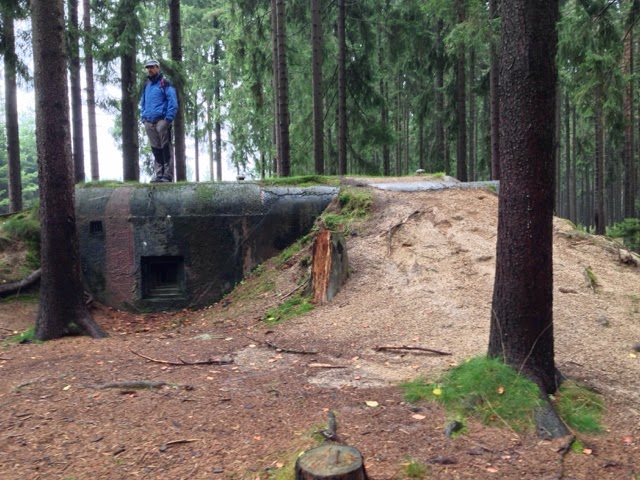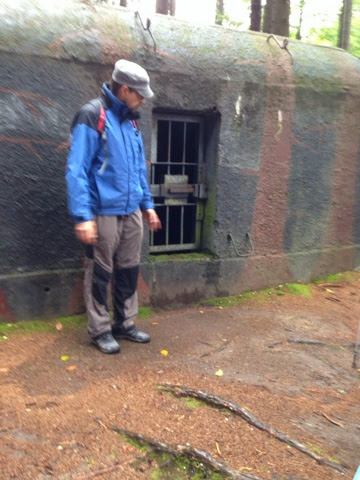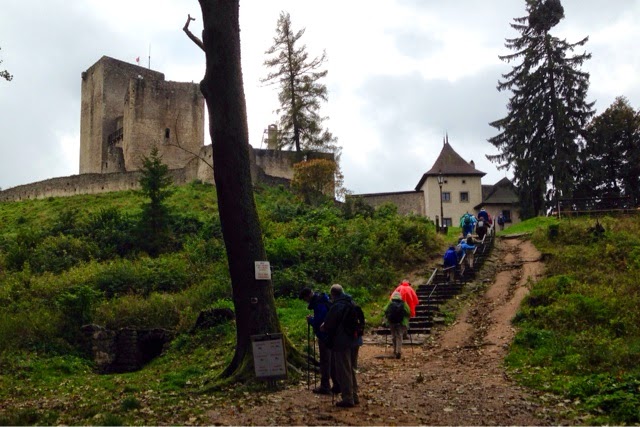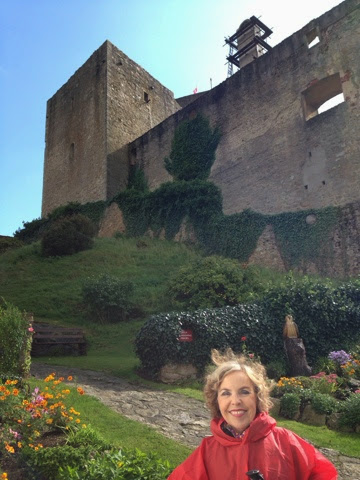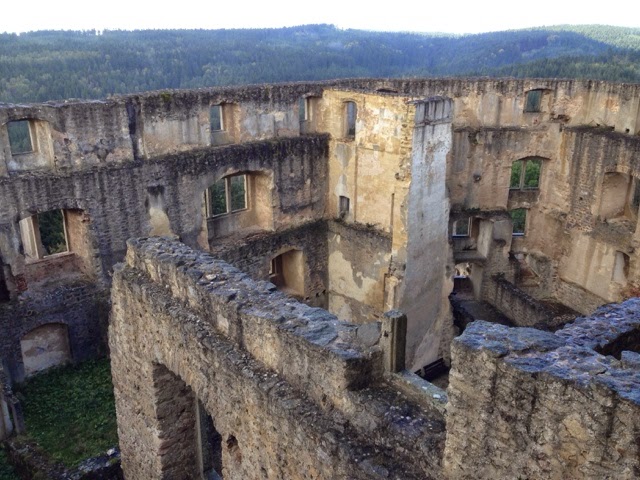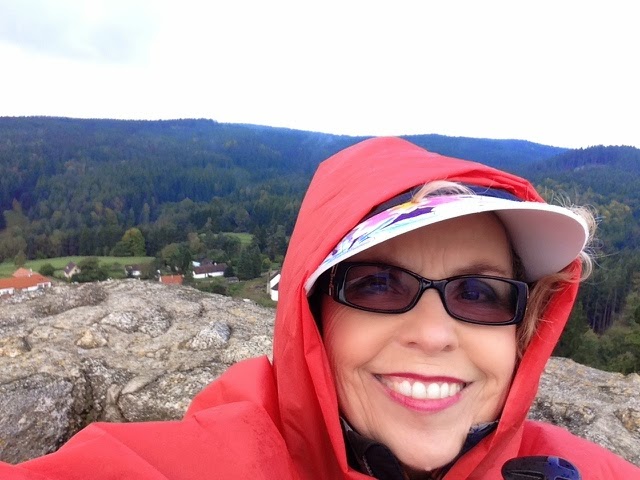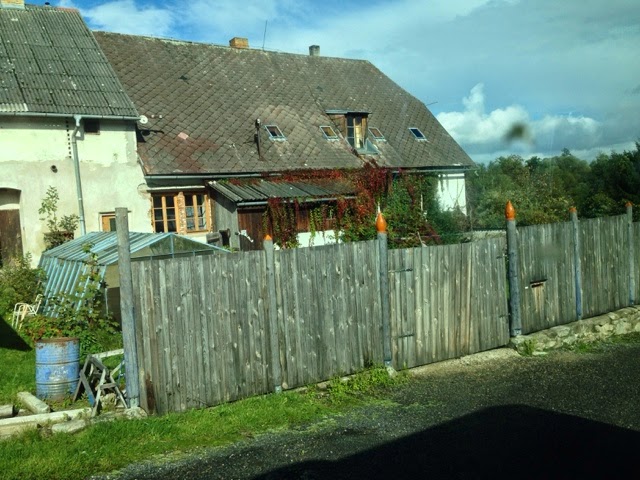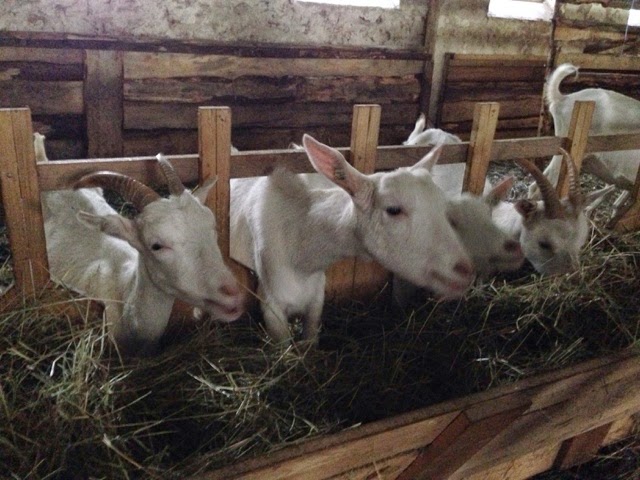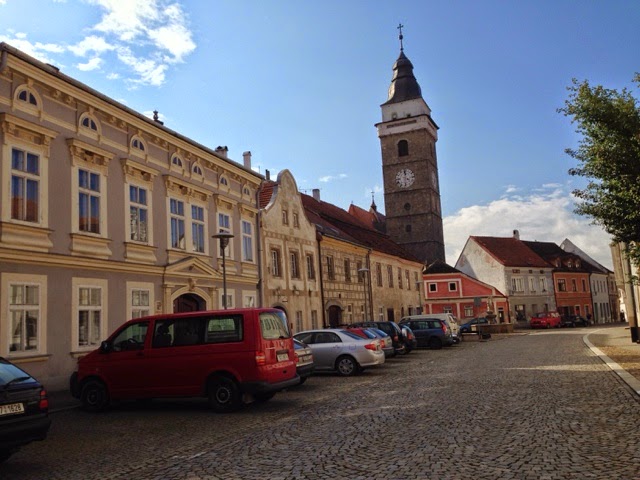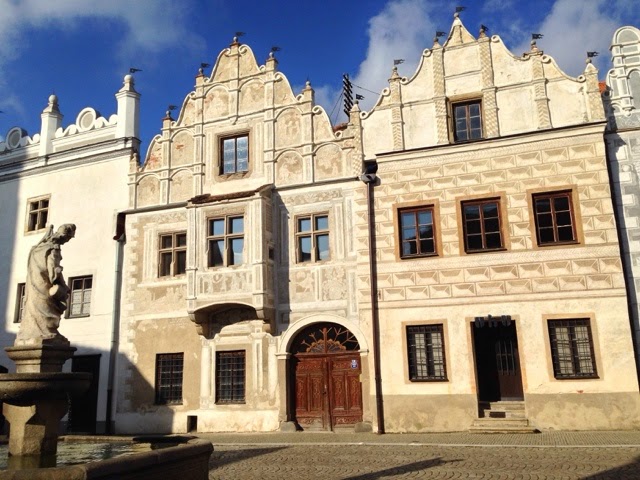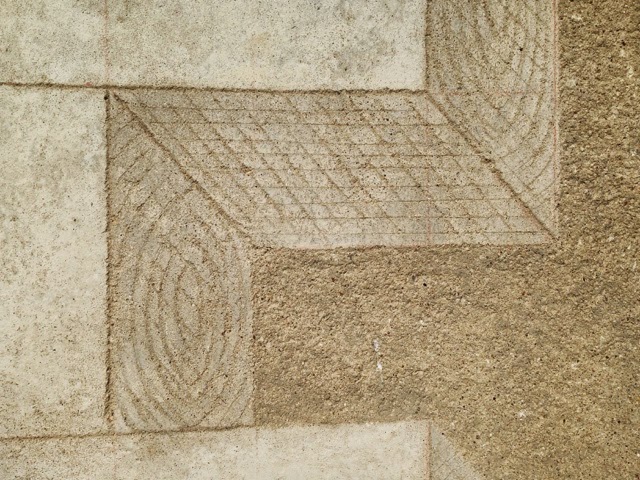This is the last day of my trip. What a treat to be awakened by the sun shining over the Vltava River! I was so pleased to receive my same room at the Clarion that I was in 10 days ago, with its little balcony and great views.
Since I had just been in Prague with the Tauck group, I opted out of the morning tour of the castle to fit in some things I had not yet done. I walked out of the hotel, which is only a block from the river, and walked along the waterfront, taking in the sights and smells of a city waking up. It was only a few blocks to the Charles Bridge, which was almost deserted at this time of day, very different from how it will be in a few hours. Only a few vendors had started to exhibit their wares. It was fun to photograph the main gates at either end without hordes of people.
Walking across the bridge took me to what is known as Little Quarter, which is an area below the Castle Quarter. Stairs on the left of the bridge took me across another small bridge that was adorned with padlocks, the scourge of romantic spots throughout Europe, which contemporary Romeos think "clinches" their love. Unfortunately, these have sometimes weighed down the bridge fences, causing them to collapse.
The small bridge led to Kampa Island, which was created from the rubble of the Little Quarter after a fire in 1540. The island is basically a park with pubs, lovely walkways and a contemporary art gallery (love these giant babies in front).
The length of the island took me back into Little Quarter and directly at the foot of the Monument to Victims of Communism. These stark sculptural figures portray how communism eats away at the whole of the human being until there is only an insignificant piece remaining.
The statistics inscribed on the steps are chilling: from 1948 until 1989, in Czechoslovakia alone, 205,486 people were imprisoned, 248 were executed, 4,500 died in prison, 327 were shot attempting to cross the border, and 170,938 left the country.
From here it was a short walk to the foot of Petrin Hill, where I took a funicular to the top (you know how I love funiculars -- or maybe I just love saying it).
The ride was delightful (I was in front) and took me to a park from where you could walk to the Strahov Monastery. But my goal today was the Petrin Tower. Built for an exhibition in 1891, the 200-ft tall tower is one-fifth the height of its Parisian counterpart, which was built two years earlier. But because it is on this hill, this tower sits at the same elevation as the Eiffel Tower. You can climb to two different levels. The first after 200 stairs, gave the clearest views. After a few snapshots, I walked the remaining 200 to the top where the panorama of the whole city was pretty amazing. Unfortunately, my camera went on the fritz and I have no photos at this level (but I really did walk it!).
From here I was able to walk back to the Little Quarter where I met my group for lunch at Tri Stoleti, very classy and one of the best of the trip. At this point, my iPhone had frozen and I was panicked about how to get it fixed. My whole life is on it. Our guide Luci looked up several iPhone stores and there were some nearby, so no problem. After lunch , I walked back across the Charles Bridge with the group and then bid them adieu while I searched out a repair store. One of them happened to be in the old palace morphed into a tri-level shopping center at Republic Square which I photographed on Day 13. Amazingly, no one was in the store but two very handsome "geniuses," who both spoke perfect English. One of them fixed my phone in 30 seconds, and I was on my way.
I still had some time so I walked to the Alfons Mucha (MOO-kha) (1860-1939) Museum. I didn't have time for the tour, but the gift shop had replicas of his posters and many other examples of his work, so it was almost like seeing the originals. He was a very popular Czech art nouveau painter and decorative artist, with a very distinct, almost fairy-tale like design. His work is characterized by organic backgrounds highlighted with ethereal looking women with angelic faces and flowing hair.
From Mucha's art, it was only fitting to head to the Municipal Cultural Hall, which is the "pearl of Czech Art Nouveau." Ed had said he visited here when he was in Prague in 2000 and was very impressed. The exterior alone is striking. It features a goddess-like Praha (Czech's word for Prague) presiding over a land of peace and culture. This image, as well as much of Mucha's work, was intended to instill national pride.
The one-hour tour was well worth it. And you could take photos! Built in 1912, it was one of the first electrified theaters. It was constructed under the Habsburgs, but later was the official scene of the creation of Czechoslovakia in 1918. In November 1989, Vaclav Havel proclaimed the country's independence from the USSR on the outside balcony. Fortunately, during its 100+ years' history, the Nazis and the communists did not destroy it - just left it in disrepair. EU money has been funneled to restore this gem.
The highlight of the tour is Smetana Hall, the main performance theater. Interestingly, the seats are not permanent and the room can be used for dances and dinners.
In addition to this hall, there were several smaller ones, all of which are available for rental by private individuals or organizations. Each of the halls has a lounge or a waiting area, which can also be reserved.
During the restoration, great effort was made to maintain the original design. In particular was the preservation of Mucha's paintings in the anterooms -- on the walls, the ceilings and windows.
Tonight our farewell dinner was at Nebozizek Restaurant on Petrin Hill. To get there, our guide wanted us to experience public transit. First we took the subway from Republic Square to the National Theater. Then we took tram #22 and got off at the Victims of Communism monument. From there we walked to the funicular and took it halfway up to where the restaurant was located. We were able to see the sun set over the Vltava River while we ate our dinner. A lovely way to bid good- bye to Prague.


